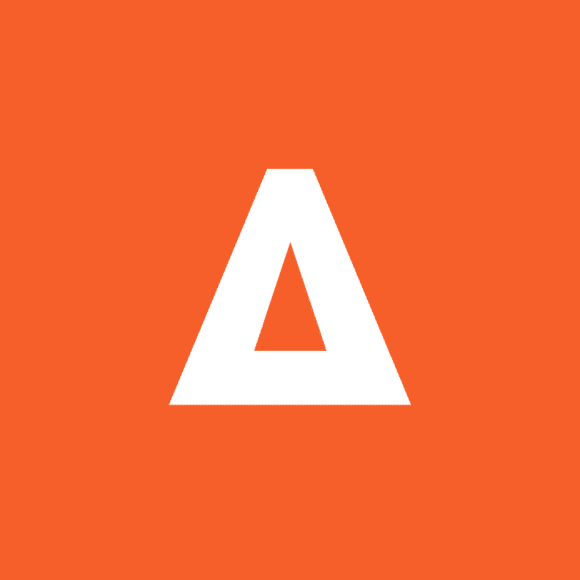Fashion Brand Index 2019 Q3

Which Fashion brands are performing well in Q3? Our latest Brand Index doesn't dress it up.
Every quarter we survey British consumers on their brand awareness and preferences in relation to the fashion industry. Our latest insights into this industry are detailed in this article.
To compile this Brand Index, we looked at three things:
- Percentage of Unprompted Brand Recall within the fashion category
- How likely a person is to purchase each brand (Purchase Intent)
- How likely a person is to recommend each brand (Net Promoter Score)
Key Changes in Brand Attributes
With every quarter comes fresh challenges for fashion brands. Trends shift with the seasons, stock needs to be updated, and the fight to stay relevant continues. As the shelves of summer hats and sandals are replaced by autumnal colours and warm coats, brands need to innovate to stand out in a crowded market, all while staying loved by consumers. So, as the year progresses, how are fashion brands coping?
Each quarter we ask consumers to rank the top 10 fashion brands they’ve named in eight category-specific attributes. Here are the main winners, losers, and movers this quarter:
- It’s a successful quarter for Adidas, as they take the top spot for six of the eight brand attributes, up from two in Q2 – they rank first for product quality, inclusivity, trend-setting, memorable branding, variety, and ethical practices. Their highest ranking attribute, product quality (with a weighted ranking of 94.12%), is down slightly from their score in the same attribute in Q2 (97.32%), but it remains an incredibly high score.
- M&S once again clinch the top spot for customer-service in consumer’s eyes, but they’ve also retained their last-place weighted ranking for trend-setting. The brand has announced a renewed approach to their clothing line with the launch of their first campaign with creative agency ‘Odd’, in renewed efforts to appeal to the modern woman.
- This quarter is rocky for New Look – they’ve taken last place for four of the eight brand attributes, up from two in Q2. Though they no longer have the lowest weighted ranking for product quality, they’ve kept their spot in last place for customer service. They’ve also gained three new low scores in memorable branding, variety, and ethical practices, claiming the latter from Gucci (Though Gucci do stay in last place for inclusivity). It’s not the first time New Look’s ethics have been questioned – the retail giant is a proponent of ‘fast fashion’, a concept that the public are speaking out against more and more.
- Levi’s is a newcomer into the top 10 this quarter – they rank in last place for price, with consumers believing the brand represents poor value for money. Otherwise they rank neutrally across the brand attributes.

Key Takeaways
- There’s been a lot of change this quarter, with only two brands staying in place from Q2 to Q3 – Next and Gucci. Next once again takes the top spot, as it has done in every quarter so far this year, with its Total Brand Equity (1120) steaming ahead of the rest of the top 10. Gucci remains in 10th place, despite dropping slightly in Total Brand Equity, purchase intent and NPS. The two non-movers perfectly bookend an otherwise volatile leaderboard.
- The top 10 welcomes a newcomer this quarter, as Levi’s comes out in ninth place. Despite a low score for unprompted brand recall, an impressive purchase intent score (66.7%) places it above Gucci. Even more impressively, Levi’s has displaced Zara from the leaderboard entirely, demonstrating a marked drop from their fifth place ranking in Q2.
- Sportswear has taken a leap this quarter – Nike and Adidas both made significant gains in Q3, with Nike climbing from fourth to second place, and Adidas rocketing from eighth to fifth. Nike have increased their Total Brand Equity from 410 in Q2 to 760 in Q3. Adidas, meanwhile, maintains high purchase intent – they scored 76.5% in Q3, up from 67.9% in Q2.
- Primark, ASOS and M&S have all suffered losses this time around, with M&S in particular dropping from sixth to eighth place. Primark’s drop is likely driven by the lowering of its NPS – public sentiment around the brand has never been incredibly positive, but a further fall is likely with increased awareness of fast fashion. Even so, they stay in third place – it’s likely that their impressive Unprompted Brand Recall and High Purchase Intent (thanks to their low prices) will keep them comfortably in the top 10 as the year progresses.
The Full Report
The report includes:
- The UK’s leading fashion brands for Awareness, Purchase Intent and Net Promoter Score
- Overall Brand Strength and Total Brand Equity index
- Industry averages and market dynamics
- Key takeaways for the UK fashion industry
The report is based on a nationally representative survey of 1000 people in the UK (aged 18+), surveyed in February 2019.
Brand Index Methodology
The Attest Brand Index is a platform agnostic measure of a brand’s total brand equity in the Fashion sector, as determined by real consumers.
What does that mean?
When we say ‘Platform Agnostic’, we mean the results are not influenced by any particular method of obtaining them, like looking exclusively at social media mentions or at brand search terms. This reduces bias and gives us a much more accurate view of a brand’s strength in their category.
Learn more about why we think this is the best methodology for Brand Intelligence.
Brand Index data is gathered every quarter from a nationally representative survey to 1,000 UK consumers aged 18-65.
Tell us what you think of this article by leaving a comment on LinkedIn.
Or share it on:
